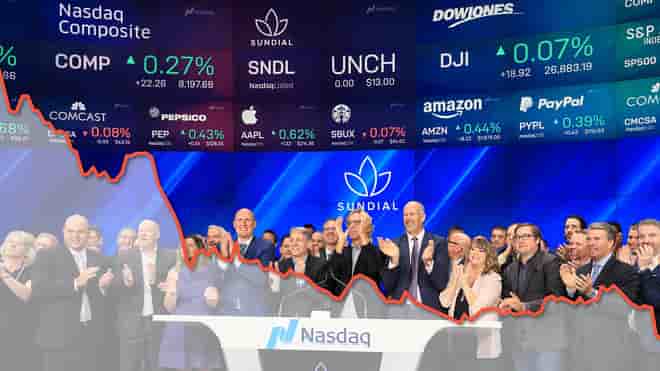Benefits of Using Aluminum Framing Systems
In the modern world of engineering, aluminum framing systems have become popular. Modular framing systems are designed to provide both structural and architectural elements. Structural framing systems are suitable for crafting flexible equipment. Integrating extruded aluminum materials into framing designs ensures easy and quick assembling.
Engineering companies deal with a wide array of customized extruded framing systems like T-slotted aluminum profiles. A diverse range of industries and custom solutions, such as Mini Tec Systems design profile concepts to develop carts, tables, stands, work stations, and enclosures.
Extrusion modular aluminum frames consist of specialized connectors and extruded aluminum bars with unique T-slot designs. Unlike steel materials, aluminum is less costly and is excellent for bolting your structure together.
Pros of Using Aluminum design framing components
Architectural designs: Modular aluminum framing systems allow designing unique and customized architectural designs as specified by a client. You can customize and craft your unique architectural structures. Due to flexibility, you can create individualized projects.
Multi-Functional structures: With aluminum structures, you can reassemble the structure to alter the initial design. The reassembling flexibility promotes suiting personal needs. Modular units allow easy creation of workshop platforms, shelves, guard frames, support frames, and workstations.
No need for further finishing: Aluminum profile designs do not necessarily need to be painted or refinished. Aluminum materials are anodized to suit most architectural structures.
Damage management: Aluminum by nature doesn’t rust; hence it can last longer, even in humid environments.
Flexibility and maintenance: Modular aluminum profiles are easy to maintain. The aluminum material is solid and versatile. Additionally, the modular framing systems are multi-functional; thus, industries can reuse them to save construction costs. The adaptability changes allow changes in mounting and connecting.
Framing Technology
Engineering companies use modern framing techniques to enhance the manufacturing, design, and fabrication of aluminum accessories. Structural aluminum framing systems aid in customizing connecting applications and industrial products such as;
- Door accessories
- Fasteners
- Connectors
- Panel accessories
Building and construction aluminum framing systems can use either standard aluminum framing or modular aluminum framing. The standard building system consists of drywall or sheetrock. Modular framing is prefabricated to increase the weight that a wall can bear.
Aluminum framing systems in material handling are used to build conveyors. The conveyors are essential in moving industrial products and promote easy assembly.
Framing components are shaped into profiles to ease the assembling of a specific aluminum framing. Framing factories can incorporate extruded aluminum framing systems to craft glazing applications and window frames. Specifications of framing system and parts are described by;
- Weight – Measured in pounds.
- Dimensions – Entails the length, width, and depth of a system
- Treatment – The ability to provide corrosion resistance
- Modulus of elasticity – Parts tendency to non-permanently deform under stress
- Tolerance – Permissible limits of variation in the physical dimension
- Thickness
Conclusion
The need for metal framework during assembling and mounting of equipment is vital. Modular aluminum framing systems are assembled from extruded aluminum profiles. Modular aluminum framing systems can be easily altered and reassembled. Aluminum is light, thus the reason it has historically been used for lightweight applications. Extrusion frame systems are successful for high-speed automated equipment and robot bases.







